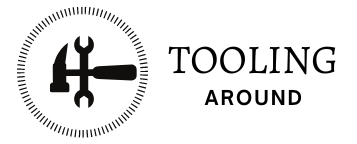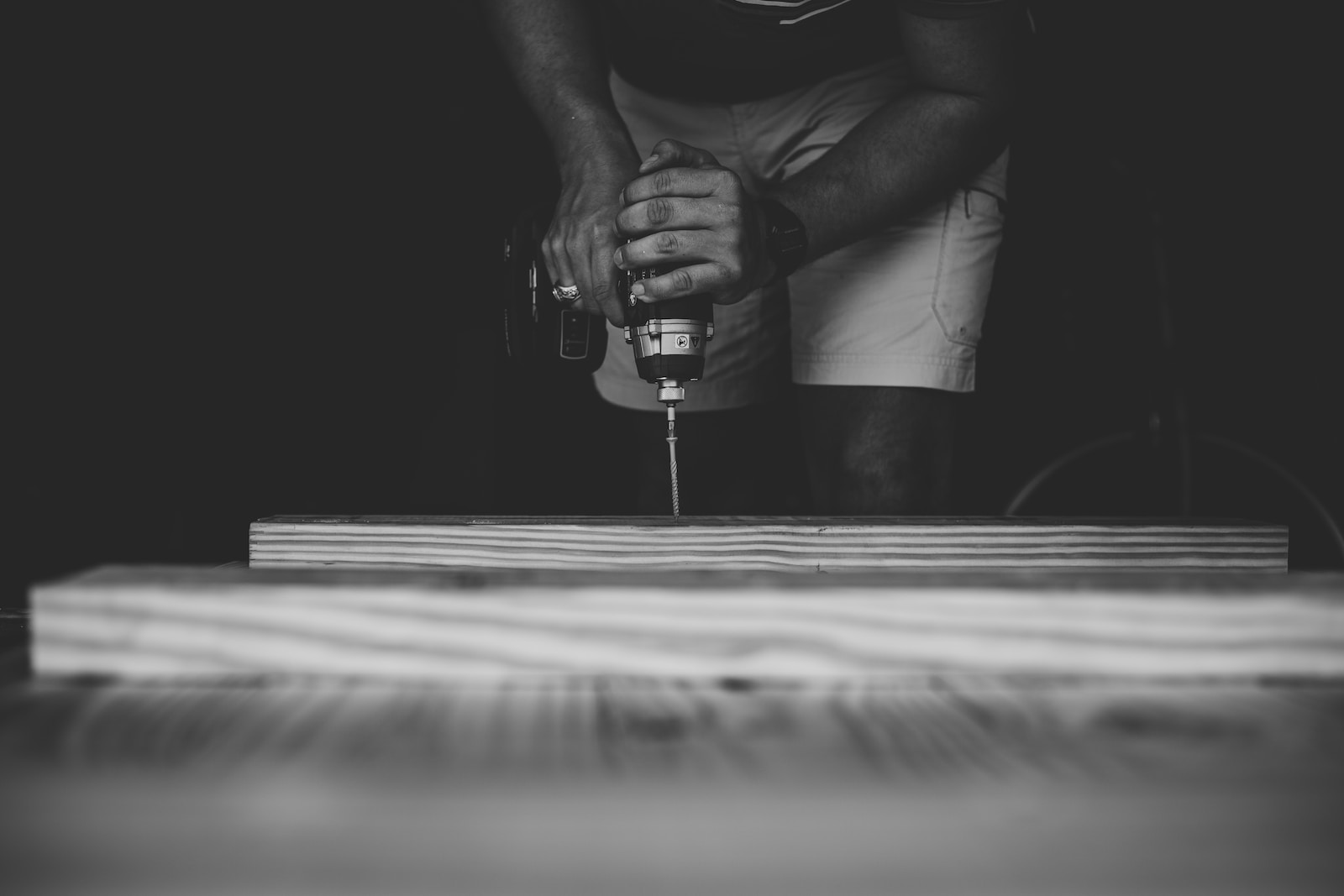
In this comprehensive guide, we will be discussing everything you need to know about power drills. From basic functionality to advanced features, we will walk you through the different types of drills available and how to choose the right one for your needs. We will also cover important safety tips and provide step-by-step instructions on using a power drill effectively. Whether you are a beginner or an experienced DIY enthusiast, this guide aims to equip you with the knowledge and skills to confidently tackle any drilling project.
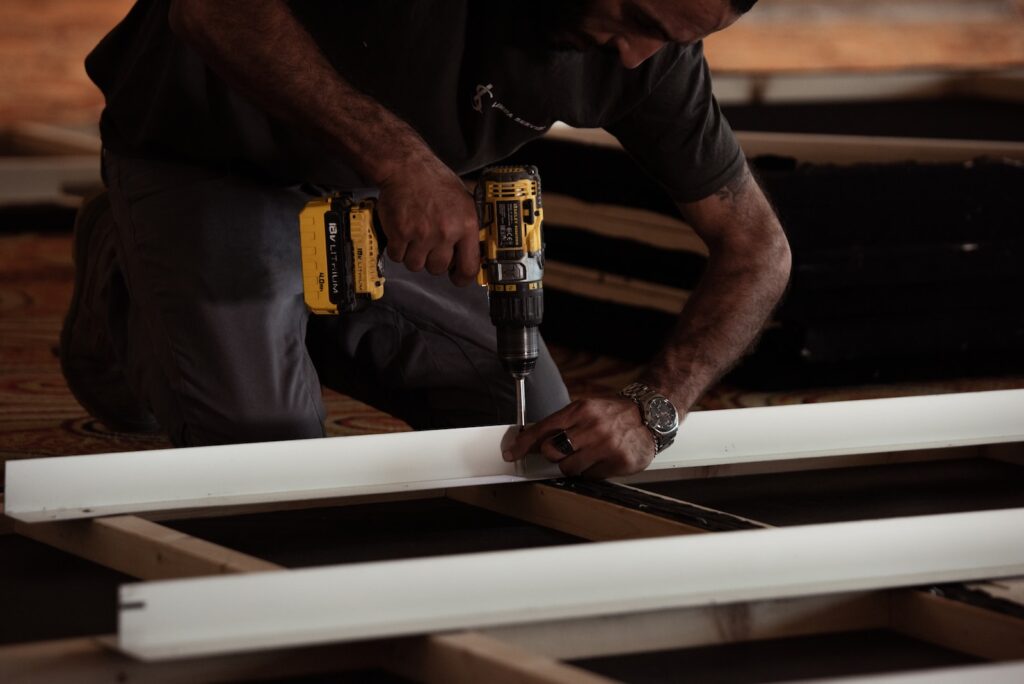
Types of Power Drills
Power drills are an essential tool for any DIY enthusiast or professional. They come in different types, each designed for specific tasks. In this guide, we will explore the various types of power drills available in the market.
Cordless Power Drills
Cordless power drills are incredibly convenient as they do not require a constant power source. They are powered by rechargeable batteries, allowing you to use them anywhere without the hassle of cords and cables. Cordless drills are suitable for a range of applications, from simple household tasks to heavy-duty projects. They offer freedom of movement and are especially handy for work in tight spaces where cords can be cumbersome.
Corded Power Drills
Corded power drills are known for their reliability and consistent performance. They are powered by electricity and do not require battery recharges. The main advantage of corded drills is their uninterrupted power supply, allowing you to work for extended periods without worrying about running out of battery. They are generally more powerful than their cordless counterparts and are ideal for heavy-duty applications.
Hammer Drills
Hammer drills, also known as percussion drills, are specifically designed for drilling into hard materials such as concrete, brick, and masonry. They feature a hammering action that delivers rapid blows to the drill bit while spinning, allowing for easier penetration into tough surfaces. Hammer drills are commonly used in construction and renovation projects that involve drilling into masonry surfaces.
Impact Drills
Impact drills are versatile tools that combine rotary drilling with rapid hammering action. They are primarily used for driving screws and fasteners into various materials. The impact mechanism of these drills provides additional torque, making them suitable for tasks that require high power and speed. Impact drills are popular among professionals and DIY enthusiasts alike for their efficiency and versatility.
Key Features to Consider
When choosing a power drill, it is important to consider several key features that will determine its performance and suitability for different tasks. Let’s explore these features in detail.
Power and Torque
The power and torque of a drill determine its ability to perform heavy-duty tasks. Power is measured in wattage, and torque is the rotational force generated by the drill. Higher power and torque ratings indicate a more powerful drill, capable of drilling into tougher materials. It is important to choose a drill with sufficient power and torque for the type of projects you intend to undertake.
Drill Speed and Control
Drill speed refers to the number of revolutions per minute (RPM) that the drill can achieve. Higher RPMs allow for faster drilling, while lower RPMs are ideal for more precise and controlled drilling. Some drills offer variable speed settings, giving you greater control over the drilling process. Consider the speed options and control features of a drill to ensure it meets your specific needs.
Chuck Type
The chuck is the part of the drill that holds the drill bit in place. There are a few different chuck types to choose from, including keyless chucks and key chucks. Keyless chucks are easy to use and allow for quick bit changes, while key chucks require a key or wrench to tighten or loosen the chuck. Consider your preference and the convenience factor when selecting a drill with the right chuck type.
Battery or Power Source
If you opt for a cordless drill, the battery type and capacity are crucial factors to consider. Lithium-ion (Li-ion) batteries are commonly used due to their high energy density and rechargeability. Look for drills with batteries that offer good runtime and quick recharge times. Additionally, consider the availability of spare batteries and their cost.
For corded drills, ensure that you have access to a reliable power source and that the drill’s cord length is sufficient for your needs.
Size and Weight
The size and weight of a power drill can significantly impact its usability and comfort during extended use. If you anticipate working in tight spaces or overhead, a compact and lightweight drill may be more suitable. However, if you require a robust drill for heavy-duty tasks, a larger and heavier model may be necessary. Consider the size and weight of a drill based on the specific tasks you intend to carry out.
Choosing the Right Drill for the Task
Different drilling tasks require specific tools and techniques to achieve the best results. Let’s explore the different types of drilling applications and which drills are best suited for each task.
Drilling into Wood
Drilling into wood is a common task in woodworking projects or general household repairs. For wood drilling, both corded and cordless drills are suitable. Cordless drills offer convenience and freedom of movement, while corded drills provide continuous power. Look for drill bits designed for wood and select a drill with variable speed settings for more control.
Drilling into Metal
Drilling into metal requires a bit more power and precision than drilling into wood. Corded drills are generally preferred for this task due to their higher power output. Look for drill bits specifically designed for metal drilling and consider using cutting lubricants to reduce friction. Slow and steady drilling with constant pressure is key to achieving clean and precise holes in metal.
Drilling into Masonry
When drilling into masonry surfaces like concrete or brick, a hammer drill is essential. The hammering action of a hammer drill is necessary to break through the tough material. Use masonry drill bits designed for drilling into concrete or brick, and ensure the drill has a hammer drill setting. Take care not to apply excessive force, as it may lead to chipping or cracking of the masonry.
Driving Screws
Driving screws into different materials requires a drill with a good amount of torque. Impact drills are particularly suited for this task due to their high torque output. They provide the necessary rotational force to quickly and efficiently drive screws without straining your arm. Look for impact-ready screwdriver bits and adjust the torque settings on your drill to prevent overdriving or stripping screws.
Mixing Materials
Mixing materials, such as paint or drywall compound, requires a drill with a mixing attachment. These attachments consist of a mixing paddle that attaches to the chuck of the drill. Ensure the drill has sufficient power and a variable speed control to match the viscosity of the material being mixed. Use slow and controlled mixing to prevent splashing or splattering.
Using a Power Drill Safely
safety should always be a top priority when using power drills. Here are some key safety tips to follow to minimize the risk of accidents or injuries.
Read the Manual
Before using a power drill, read the manufacturer’s manual carefully. Familiarize yourself with the drill’s features, operating procedures, and safety precautions. The manual will provide essential information regarding the drill’s specific requirements and limitations.
Wear Safety Gear
Always wear appropriate safety gear when using a power drill. This includes safety glasses or goggles to protect your eyes from flying debris, ear protection to reduce noise exposure, and gloves to protect your hands from sharp or hot surfaces. If working with masonry or other dusty materials, wear a dust mask to avoid inhaling harmful particles.
Secure the Workpiece
Ensure the workpiece is securely clamped or held in place before starting any drilling operation. This will prevent the workpiece from moving or rotating during drilling, reducing the risk of accidents or mistakes.
Proper Body Position
Maintain a stable and balanced body position while operating the drill. Stand with your feet shoulder-width apart and keep a firm grip on the drill with both hands. This will provide better control and prevent the drill from slipping or jerking unexpectedly.
Avoid Loose Clothing and Jewelry
Avoid wearing loose clothing or jewelry that can get caught in the drill’s moving parts. Long hair should be tied back or kept away from the drilling area. Loose items can become entangled in the drill, causing injury or damage to the drill.
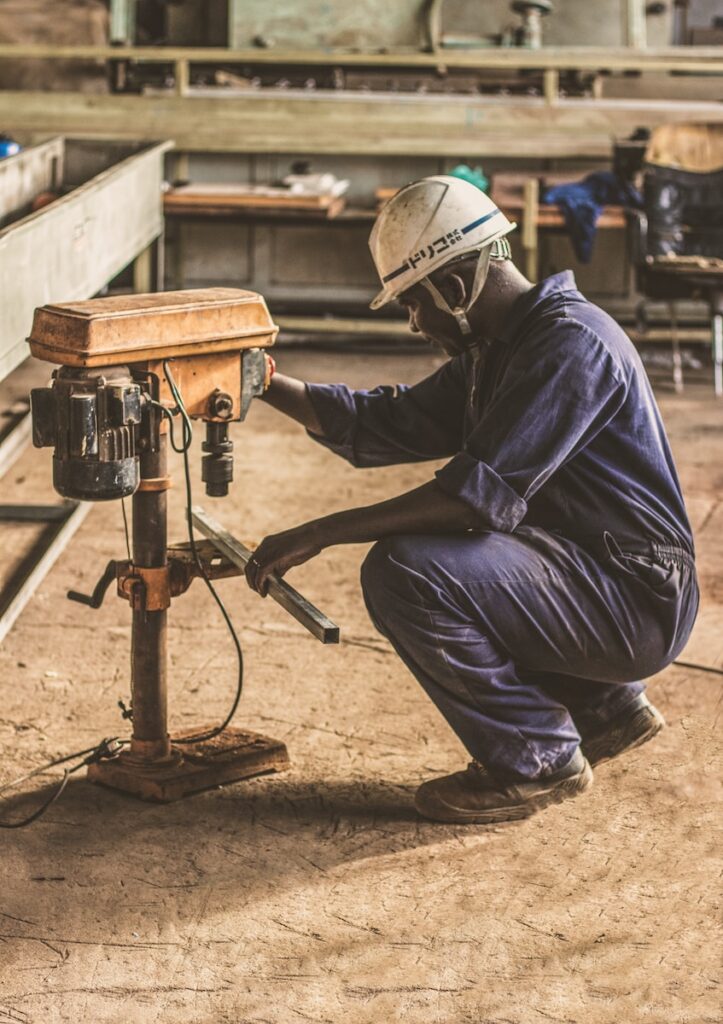
Drilling Techniques and Tips
Mastering proper drilling techniques will not only enhance your drilling efficiency but also ensure clean and accurate results. Here are some essential drilling tips to keep in mind.
Start with a Pilot Hole
When drilling into harder materials or thin surfaces, it is often beneficial to start with a pilot hole. A small pilot hole provides a guide for the larger drill bit and helps prevent the initial bit from slipping off the surface. It also reduces the chance of the material splitting or cracking.
Use the Right Drill Bit
Using the correct drill bit for the material you are drilling is vital for achieving clean and accurate holes. There are specific drill bits designed for wood, metal, masonry, and other materials. Using the wrong type of drill bit can result in poor drilling performance or damage to the drill and the workpiece.
Apply Steady Pressure
Apply consistent and steady pressure while drilling. Too much pressure can lead to overheating and reduce the lifespan of the drill bit. Insufficient pressure may cause the drill bit to skid or slip, resulting in inaccurate drilling. Find the right balance and let the drill do the work by maintaining a consistent force.
Avoid Overheating
Drilling for extended periods can cause the drill and drill bit to overheat. Overheating can reduce drilling efficiency and cause premature wear and damage to the drill bit. Take frequent breaks to allow the drill and bit to cool down and avoid drilling for extended periods without giving the tool a rest.
Take Breaks for Cooling
If you are working on a large project or drilling multiple holes, take breaks to let the drill cool down. This will help prevent overheating and prolong the life of the drill’s motor, battery, or other components. Use the breaks to inspect the drill bit and clean any debris that may have built up.
Maintaining and Caring for Your Drill
Proper maintenance and care can extend the lifespan of your power drill and ensure its optimal performance. Here are some essential maintenance tips for keeping your drill in top shape.
Regular Cleaning and Lubricating
clean the drill after each use to remove any dust or debris that may have accumulated. Use a soft brush or cloth to wipe down the drill’s exterior, chuck, and drill bit. Lubricate the chuck periodically to ensure smooth operation and prevent rust or corrosion.
Replacing Brushes or Batteries
If you have a corded drill with brushes, inspect them regularly and replace them if they show signs of wear. For cordless drills, monitor the battery’s performance and replace it if it no longer holds a charge or shows a significant decrease in runtime. Follow the manufacturer’s instructions for replacing brushes or batteries.
Storing in a Cool, Dry Place
Store your power drill in a cool, dry place when not in use. Avoid exposing it to extreme temperatures or moisture, as these conditions can damage the drill’s components. Ideally, store the drill in a protective case or bag to prevent dust accumulation and protect it from accidental damage.
Checking for Damage
Regularly inspect your drill for any signs of damage or wear. Check the power cord for fraying or exposed wires on corded drills. Inspect the chuck for any signs of looseness or misalignment. If you notice any damage or issues, discontinue use and have the drill inspected by a professional.
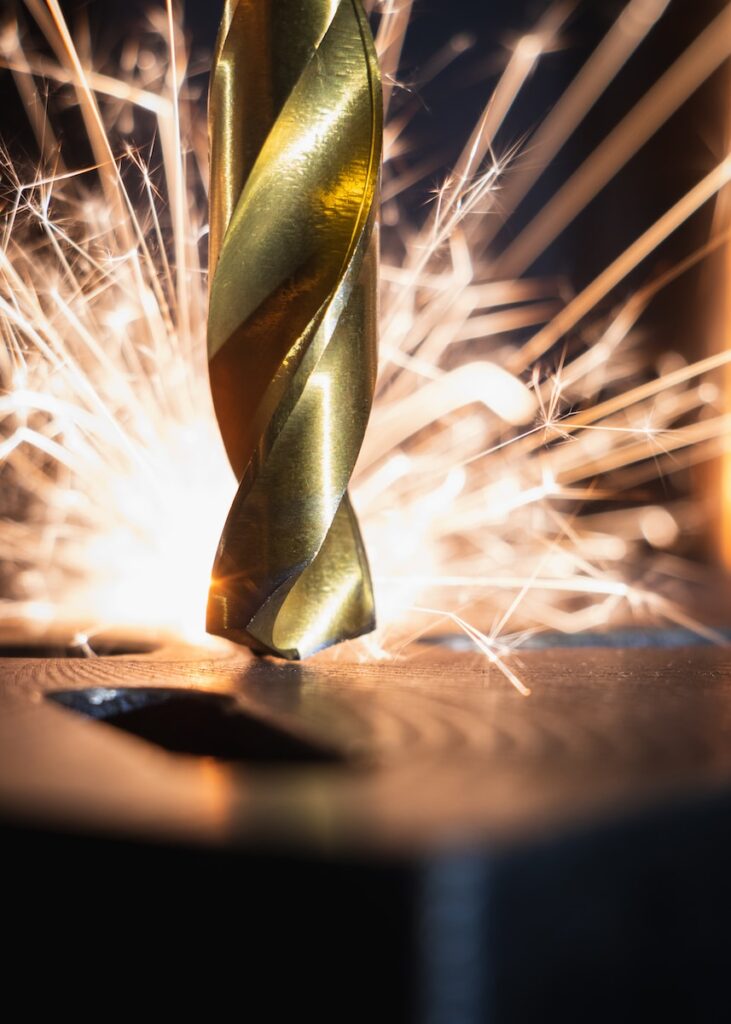
Common Power Drill Accessories
Power drills can be enhanced with various accessories and attachments to expand their capabilities. Here are some common accessories that can enhance your drilling experience.
Drill Bits
Drill bits come in different sizes and types for various materials. Investing in a set of high-quality drill bits will ensure you have the right size and type of bit for every project. Common types of drill bits include twist drill bits, spade bits, hole saws, and masonry bits.
Screwdriver Bits
Screwdriver bits allow you to use your power drill as a screwdriver. They come in a variety of sizes and types, including Phillips, slotted, Torx, and hex bits. Having a set of screwdriver bits will make it easier to drive screws quickly and efficiently.
Spade Bits
Spade bits, also known as paddle bits, are designed for drilling large holes in wood. They have a flat, paddle-shaped tip that cuts through the wood quickly. Spade bits are commonly used in construction and carpentry projects.
Hole Saws
Hole saws are used for cutting large, round holes in various materials such as wood, plastic, or metal. They consist of a cylindrical saw blade with a pilot drill bit in the center. Hole saws are ideal for installations, such as installing doorknobs, electrical outlets, or plumbing fixtures.
Wire Brushes
Wire brushes attach to a power drill and are used for cleaning and removing rust, paint, or other debris from metal surfaces. They come in different shapes and sizes, including cup brushes, wheel brushes, and end brushes. Wire brushes are commonly used in automotive, woodworking, and metalworking applications.
Troubleshooting Common Issues
Power drills, like any other tool, can sometimes encounter issues that affect their performance. Here are some common problems you may encounter and possible solutions.
Drill Not Powering On
If your drill fails to power on, check the power source. Confirm that the power cord is securely connected and that the outlet is functioning. If using a cordless drill, ensure the battery is charged or try using a different battery. If the drill still does not power on, consult the manufacturer’s troubleshooting guide or contact customer support.
Chuck Stuck or Not Tightening
If the drill chuck becomes stuck or fails to tighten around the drill bit, check if any debris or dust has accumulated inside the chuck. Use a soft brush or compressed air to clean the chuck thoroughly. If the problem persists, consult the manufacturer’s instructions or seek professional assistance.
Excessive Vibration
Excessive vibration during drilling can indicate misalignment or an issue with the drill bit. Check that the drill bit is securely tightened and inspect it for any damage or wear. If the problem persists, try using a different bit or consult the manufacturer’s troubleshooting guide.
Burning Smell
A burning smell during drilling can indicate the drill motor or components are overheating. Stop drilling immediately and allow the drill to cool down. Check for any obstructions or debris that may be causing the issue. If the problem persists, discontinue use and have the drill inspected by a professional.
Power Drill Maintenance Schedule
Regular maintenance is essential for keeping your power drill in optimal condition. Here is a general maintenance schedule to follow.
Cleaning after Each Use
Clean the drill after each use to remove any dust, debris, or buildup. Wipe down the exterior with a soft cloth and clean the chuck and drill bit with a brush. This will help prevent dust or debris from damaging the drill’s components.
Inspecting and Lubricating Monthly
Inspect the drill’s components, including the chuck, power cord, and handle, on a monthly basis. Look for signs of wear, damage, or misalignment. Lubricate the chuck periodically to ensure smooth operation.
Replacing Parts as Needed
Replace any worn or damaged parts, such as brushes or batteries, as needed. Follow the manufacturer’s instructions for replacement and consult a professional if you are unsure how to proceed.
Comparing Power Drill Brands
Various brands offer power drills with different features and quality levels. Here are a few popular power drill brands known for their performance and durability.
Makita
Makita is a well-known brand in the power tool industry, offering a wide range of high-quality drills. They are known for their durability, performance, and innovative features. Makita drills are favored by professionals for their reliability and cutting-edge technology.
DeWalt
DeWalt is another popular brand that produces reliable and powerful power drills. They are known for their robust construction and exceptional performance. DeWalt drills are designed to withstand heavy-duty usage and are highly regarded by professionals and DIY enthusiasts alike.
Bosch
Bosch is a leading manufacturer of power tools and offers a wide range of power drills to suit various needs. Their drills are known for their high efficiency, durability, and precision. Bosch drills are favored by professionals and amateurs alike for their quality and innovative features.
Milwaukee
Milwaukee is a well-respected brand in the power tool industry, known for manufacturing high-performance and reliable drills. They offer a wide range of cordless and corded drills suitable for different applications. Milwaukee drills are favored by professionals for their durability and advanced features.
Ryobi
Ryobi offers a variety of power drills that are affordable and suitable for both homeowners and DIY enthusiasts. Their drills provide decent performance and versatility for a range of tasks. Ryobi drills are popular among budget-conscious users seeking reliable tools for occasional use.
Power Drill Safety Checklist
Before using a power drill, follow this safety checklist to ensure a safe working environment.
Inspect the Drill
Inspect the drill for any visible damage, loose parts, or signs of wear. Do not use a faulty drill as it can pose a safety risk.
Check the Power Source
Ensure the power cord is securely connected and not frayed or damaged. If using a cordless drill, check the battery charge and confirm that it is in good condition.
Secure the Work Area
Clear the work area of any obstacles or hazards that may interfere with your drilling. Ensure there is adequate lighting and ventilation.
Use Clamps or Vises
Secure the workpiece using clamps or vises to prevent it from moving or rotating during drilling. This will improve stability and reduce the risk of accidents.
Double Check Chuck Tightness
Ensure the chuck is securely tightened around the drill bit before starting any drilling operation. A loose chuck can cause the drill bit to slip or come loose during drilling.
Power Drill FAQs
Can I Use a Drill as a Screwdriver?
Yes, drills can be used as screwdrivers by attaching screwdriver bits. Screwdriver bits are specifically designed for driving screws and can be easily interchanged with drill bits.
What is the Difference between Hammer Drill and Impact Drill?
Hammer drills and impact drills are both designed for specific purposes. Hammer drills are used for drilling into hard materials such as concrete, while impact drills are primarily used for driving screws and fasteners. Hammer drills deliver a rapid hammering action while spinning, while impact drills provide additional torque for faster and more efficient screwdriving.
Can I Use a Cordless Drill for Heavy-duty Tasks?
Cordless drills can handle many heavy-duty tasks, but their performance may vary depending on the specific model and battery capacity. Higher-end cordless drills with advanced battery technology can often match or exceed the performance of corded drills. However, for prolonged heavy-duty use, a corded drill may still be the preferred option due to its uninterrupted power supply.
Conclusion
Power drills are versatile and essential tools for a wide range of tasks, from simple home repairs to construction projects. By understanding the different types of drills, key features to consider, and proper usage techniques, you can select the right tool for the task at hand. Remember to prioritize safety and maintenance to prolong the life of your drill and ensure safe and efficient operation. With the knowledge and tips provided in this ultimate guide, you can confidently tackle any drilling project with ease and precision.
